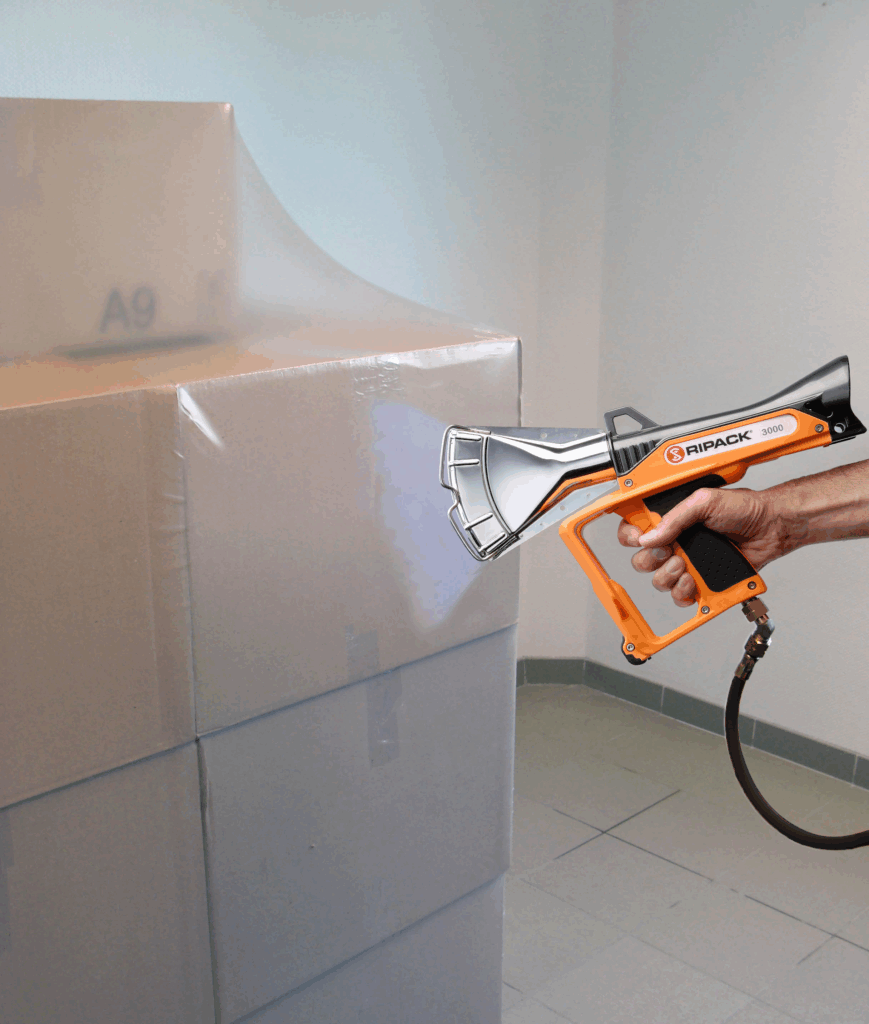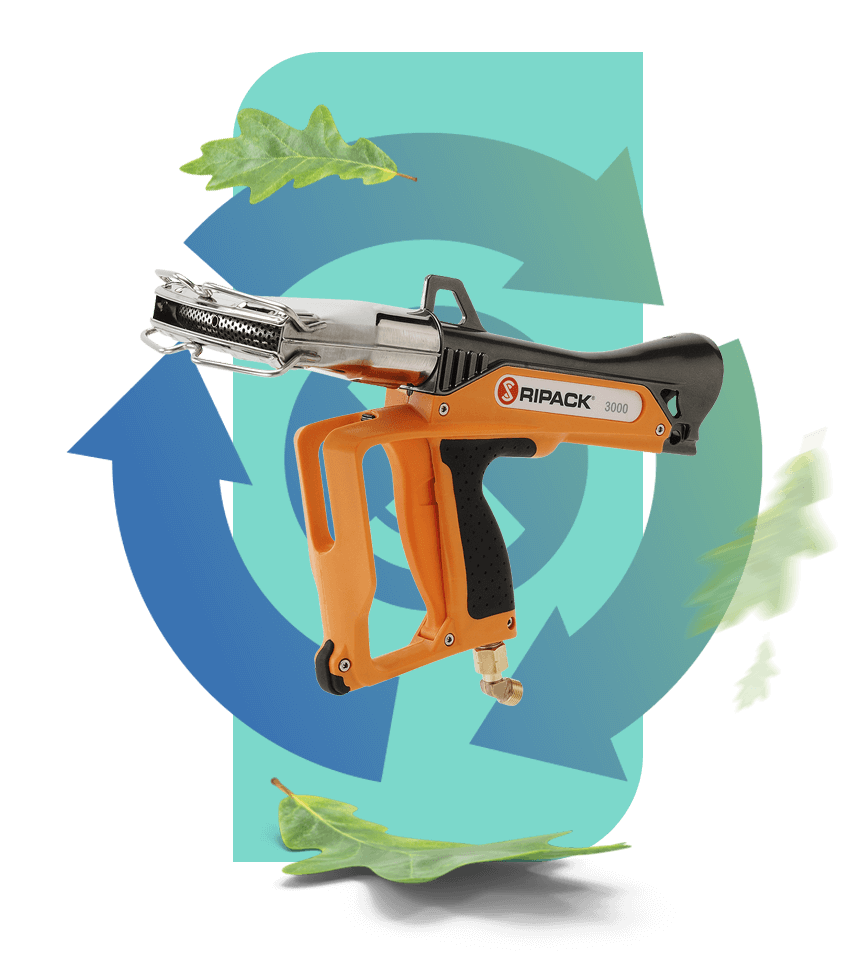Shrink-wrapping with film is a simple and effective solution to protect pallets, machines, boats or worksites. But like any thermal process, a few bad habits can quickly waste time, damage the film… or even create holes. Here are 5 very common mistakes we see in the field, and more importantly, how to avoid them. 1. […]
5 common mistakes when shrink-wrapping… and how to avoid them
Shrink-wrapping with film is a simple and effective solution to protect pallets, machines, boats or worksites. But like any thermal process, a few bad habits can quickly waste time, damage the film… or even create holes.

Here are 5 very common mistakes we see in the field, and more importantly, how to avoid them.
1. Holding the flame too close to the film
The problem:
When you hold the shrink gun too close to the film, the heat is too concentrated. The result is:
- film that burns through or gets holes,
- overconsumption of film,
- an uneven, unprofessional finish.
How to avoid it:
- Respect the recommended distance (usually around 30 to 40 cm).
- Keep the gun moving continuously, as if you were “sweeping” the surface.
- Always start by heating the thickest areas (corners, folds) instead of insisting on one fixed point.
2. Heating the same area for too long
The problem:
Even at the right distance, staying too long on one spot creates over-thicknesses, burns or holes in the film. You lose quality, strength and time.
How to avoid it:
- Keep moving constantly.
- Work in sections: first the base of the pallet, then the sides, then the top.
- Use a wide back-and-forth motion rather than small, jerky movements.
- Check the overall shrink result before “touching up” details.
3. Using an unsuitable film (too thin, too thick or wrong format)
The problem:
A film that doesn’t match your needs leads to:
- repeated tearing if the film is too thin,
- wasted time shrinking if the film is too thick,
- an unattractive or poorly covered wrap if the size isn’t right.
How to avoid it:
- Define your needs: load weight, storage duration, exposure (indoor / outdoor / sea / UV).
- Adjust the thickness (µm) to the type of application: a light pallet ? a machine exported in a container.
- Choose a cover or sleeve size that matches the real dimensions of the products, to avoid excess material or excessive tension.
4. Not preparing the pallet or the area properly
The problem:
Even with the best shrink gun, a poorly prepared pallet will only give an average result:
- edges sticking out,
- sharp corners piercing the film,
- unstable loads that move during transport.
How to avoid it:
- Check the stability of the load before wrapping (brace if needed).
- Remove or protect sharp edges (corners, metal parts).
- Position the cover or film correctly before starting to shrink, using a pallet riser if necessary.
- Make sure the pallet is accessible all around so the operator can move freely.
In summary
Shrink-wrapping problems are rarely caused by the equipment alone: they usually come from small habits, approximate movements or an unsuitable film. By correcting these 4 points, you improve safety, the final appearance and the overall cost of your operations:
- Flame / film distance
- Heating time on the same spot
- Film selection
- Load preparation
For more information, feel free to contact our team on this page.



